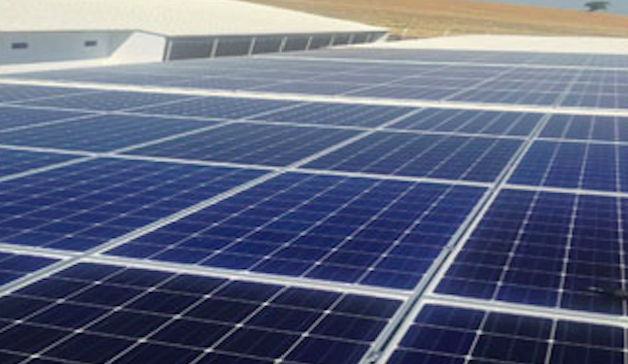In place of costly polymers, a team of researchers of The University of Manchester has used insulating polystyrene microgel particles to make perovskite solar cells, unlocking further potential of the next generation solar cell technology.
The research, published by The Royal Society of Chemistry in the journal Nanoscale, showed that polystyrene particles enhanced stability and slashed the manufacturing costs of solar cells.
As their power conversion is approaching parity with established solar PV technology, perovskite solar cells are becoming more commercially attractive.
However, using organometallic halide perovskite as the light harvesting layer instead of silicon makes them vulnerable, as it quickly degrades when exposed to water. These cells also rely on a hole-transportation layer, which promote the efficient movement of electrical current when exposed to sunlight, but is very costly and unstable in the long run.
Popular content
In this research, the weak points have been addressed using insulating polystyrene microgel particles.
“The perovskite layer in solar cells is not inherently unstable, but the required hole-transport material is. HTM layers made of congregated polymers are thin, but they are also relatively expensive and contribute a significant portion of the total cost of the solar cell. In this study we used polystyrene, which is 1/10,000th of the cost of polymers to produce, and is also hydrophobic which helps improve the stability of PSCs,” said Brian Saunders, Professor of Polymer and Colloid Chemistry from the school of Materials at The University of Manchester, noting that more research is required to enable the full potential of the existing PSC technology to be realized.
This content is protected by copyright and may not be reused. If you want to cooperate with us and would like to reuse some of our content, please contact: editors@pv-magazine.com.



Solar opponents will no doubt complain that the world supply of polystyrene is limited and comes from polluting polystyrene mines in China and the Congo with appalling working conditions.
Must be tons of it in the rubbish every week. Can they get what they need from old discarded materials. Via a process ?
This seems like it would generate a lot of wastage.